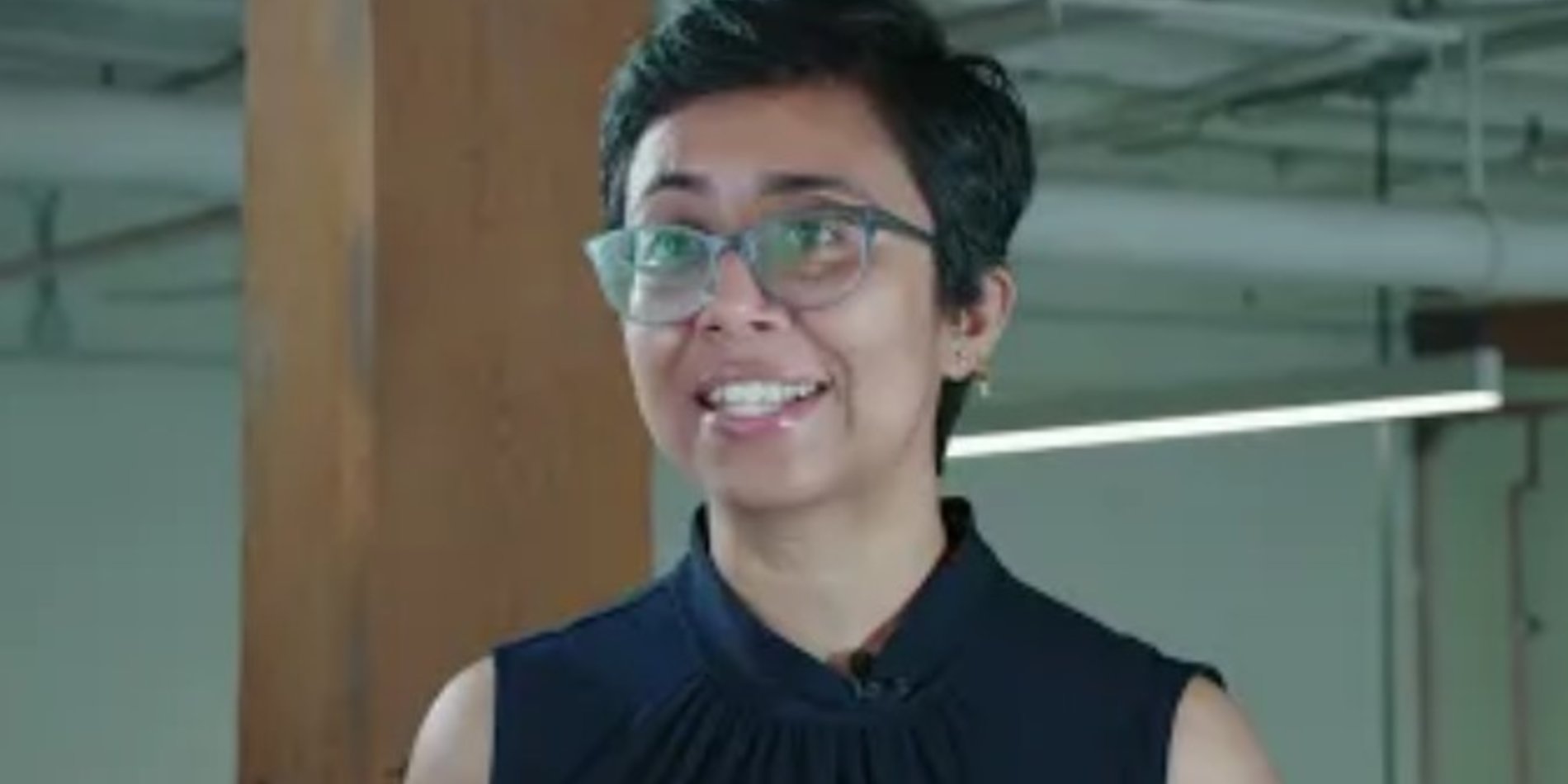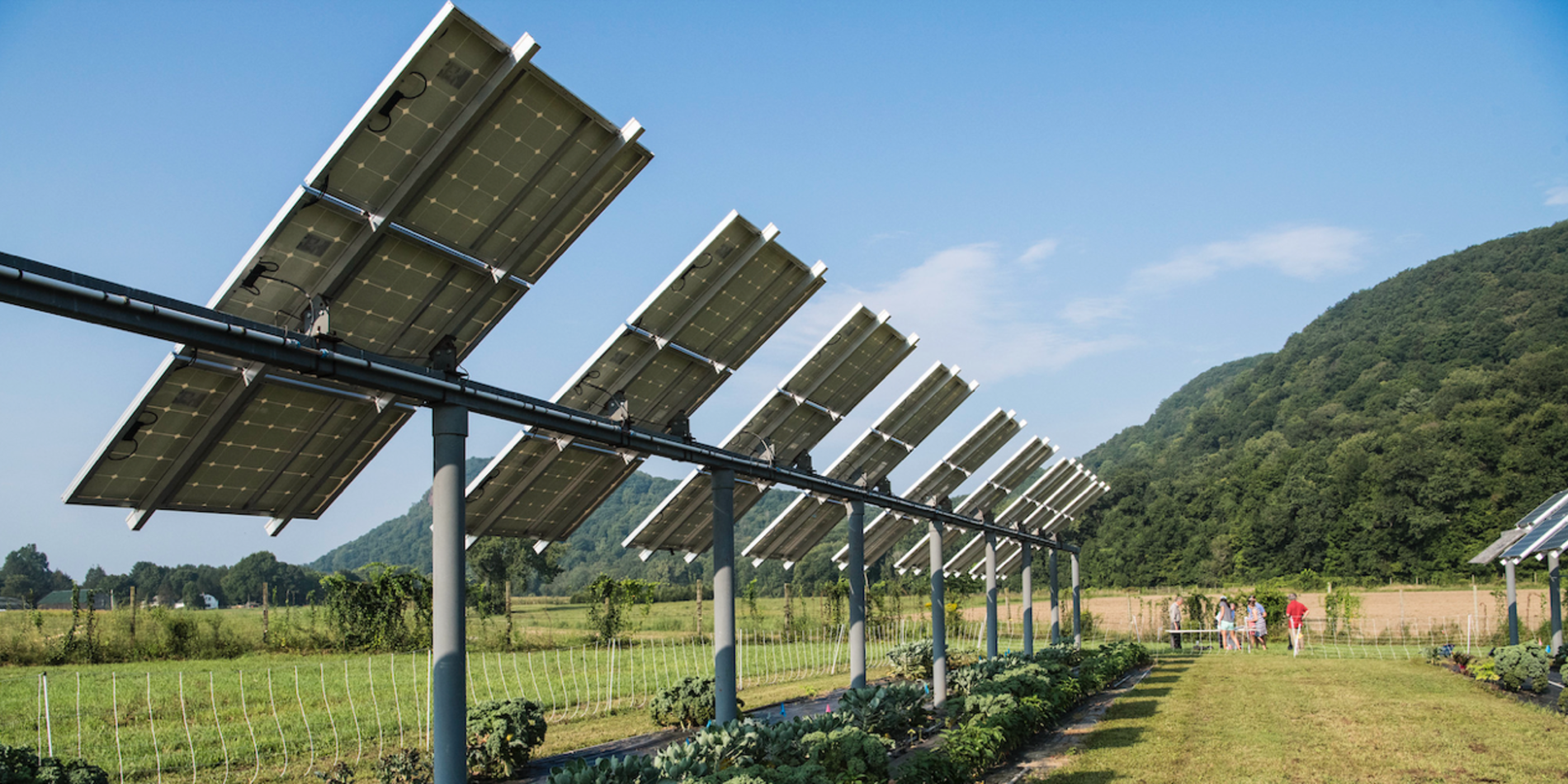Changing the Narrative

Regenerative Resources Co., is hard to pin down into tidy definitions. Is it an agroforestry business? Yes. A food justice business? Yes. A seawater crop agriculture business? Yes. A sustainable seafood business? Well, yes, that too.
For CEO and founder Neal Spackman, the venture is as much about a shift in the story we tell about ourselves.
“Since the dawn of agriculture, there has been this tension between what we would call development and the environment,” he says, recognizing that with ecology and economy, as one spirals downward, often so goes the other.
Right now, he says the belief that most environmentalists hold, perhaps without even realizing it, is that humans are inherently bad for the earth. “Reduce your footprint” essentially means: Be less bad.
He founded Regenerative Resources Co., or RRC, in 2019 as a venture focused on rejuvenating degraded landscapes and turning them into ecosystems that attract biodiversity and financial wealth for rural communities. The first full-scale project is set to launch in Baja California Sur, Mexico, in 2021.
In the Baja village where RRC is establishing a project, local fishermen say their catch is down by 90 percent compared to a decade ago, a microcosm for a pattern playing out worldwide in which scarcity forces people to make ecologically harmful decisions in order to feed their families.
Spackman wants to interrupt this cycle, what he calls the Gordian knot of poverty and environmental degradation. Sometimes the solution isn’t to untangle the mess but to find a new way altogether.
“What we’re saying is, we can actually be good for the earth.”
As evidence, he points to a pilot shrimping project conducted by one of his business partners in Eritrea in the early 2000s. When the project began, 23 species of birds lived onsite. Four years later there were 250 species of birds, and the model held promise for carbon neutrality over time. What’s more, the project employed nearly 800 Eritreans.
Listening First
A principle of permaculture is to observe the land before planting a seed or moving a stone. It’s an agricultural style that seeks to integrate into a place’s existing ecosystem.
The RRC approach is similar, in a way. Each project requires a substantial investment of resources and time—sometimes years—to tune into a community’s needs, cultural practices, and native flora and fauna.
“It’s not us coming in and saying, ‘Here’s the solution to all of your problems,’” says Spackman, aware that a team of American investors looking to develop foreign rural land will encounter suspicion. “It’s more about listening.”
Often, he says elders in the community have figured out the best answers to local environmental issues, and what they lack is the financial resources and technical expertise to execute them.
Back in Baja, it was the village elders who first shared their observations that ocean currents were shifting, leading to algae blooms that were destroying mangroves along the coast, to the detriment of juvenile fish and ultimately the community’s livelihood. These elders advocated for prioritizing planting new trees before any other initiative.
“And we said: Of course.”
Why Mangroves Matter
Considering that more than 35 percent of the world’s mangroves have been clear-cut for farming or timber, according to the World Wildlife Fund, the venture’s emphasis on these trees is significant.
Mangroves are known to be among the most productive and diverse habitats found along coastlines, trees that thrive in saltwater by growing on roots like stilts, bridging the space between ocean and shore. Without mangroves, fisheries fall into decline and coastlines erode.
What’s more, mangroves are a tree species that is carbon hungry, sequestering the greenhouse gas up to four times more efficiently than tropical rainforests.
RRC’s aquaculture method takes waste from the shrimp that it farms and uses it to cultivate newly planted mangrove wetlands and crops, being careful to avoid the use of pesticides, herbicides, fungicides, and antibiotics.
Then the venture uses the mangrove forests to create a shrimp feed. This eliminates the need for standard aquaculture fodder, which is often made of soy, wheat, and seafood bycatch, each with its own quandaries and costs.
“The way we grow this shrimp actually grows mangrove forests in a closed loop,” says Spackman.
“What this means is that we’ve got a system that actually creates virtuous consumption. The more of our goods that people eat, the better it is for the earth. And that’s crazy, right? This is the opposite of everything else on the market.”
Cultivating mangroves and raising shrimp is central to the venture’s approach, but it’s only one part of a business that Spackman describes as a fractal that can be replicated and scaled up. Not as an assembly line, but as a framework relevant to geographies from Australia to Somaliland.
“It’s a complex business model that is much more about achieving a purpose than about maximizing profits,” he says. “But it is profitable.”
The venture gains revenue from the cash crops grown, from biofuels to mushrooms to seafood; from artisan goods developed; from carbon sequestered; and from the transformation of the land itself.
Deserts to Startups
Spackman has a history with building community and reshaping landscapes. He spent nearly eight years in Saudi Arabia, from 2010 to 2018, collaborating with a Bedouin tribe to reverse desertification. Together, they constructed earthen structures and planted hardy shrubs and grasses.

The Al Baydah Project, as it was called, was located in an unforgiving climate, with temperatures reaching 127 degrees Fahrenheit in July and August, and less than two inches of rain annually.
Yet the grasslands rooted, eventually thriving without supplemental irrigation, in what had once been tree-stripped ravines. In the rippling savannah on the Arabian Peninsula, Spackman saw a glimpse of future possibilities.
After the project ended, he chose commerce as his best bet to be a vehicle for change. He came to Stanford Graduate School of Business in 2018 to learn how to become an entrepreneur, enrolling in the one-year MSx program.

Spackman says he discovered the TomKat Center for Sustainable Energy within his first month on campus, and even met his co-founders through a center connection.
“TomKat’s support was massive. It gave us social capital, more than anything. Having that feather in our cap really early on got people to look at us differently,” he says of the signal that the center’s Innovation Transfer grant sent to investors and potential partners when he won the award in 2019.
“For me, Stanford was about answering the question of how do I take this work I’ve been doing and turn it into an enterprise so that it’s not just ecologically and culturally sustainable, but financially sustainable as well.”
Looking forward, his goals are audacious. He wants to establish the initial land restoration project in Mexico; open offices in West Africa, the Red Sea region, the Persian Gulf, and Australia; and sell the world’s first regenerative shrimp.
And he’s just warming up.
“We’re hoping to grow a billion mangroves for the UN’s Decade of Ecosystem Restoration,” he says, citing a global initiative that launched on June 5. “That means planting about 270,000 mangroves a day.”
“This might be me biting off more than we can chew.” Spackman laughs, before turning serious about the work he and the team of six partners intend to do. “I don’t know if we’ll get there in 10 years, but I’ll bet we get there in 15.”



